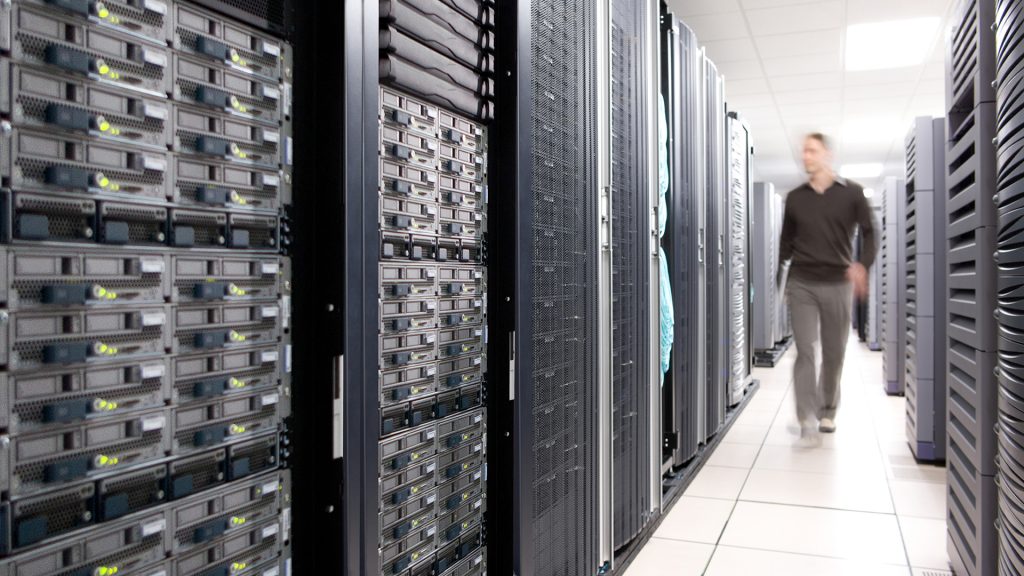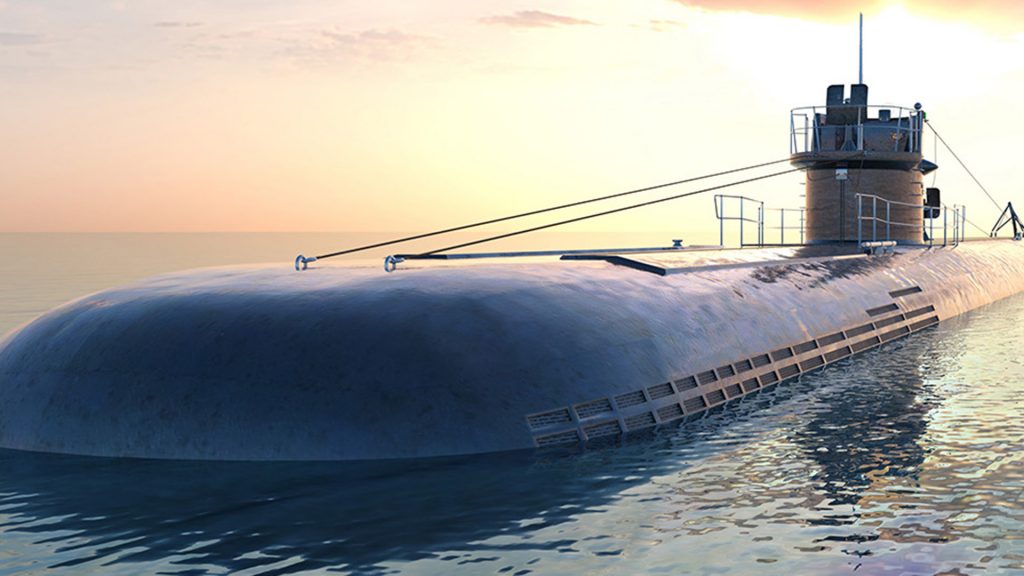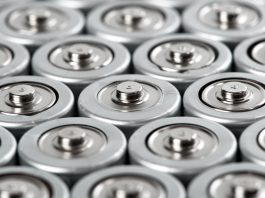Dr Josef Daniel-Ivad, Manager of the Zinc Battery Initiative, explores the variety of zinc battery applications.
Zinc is a vital material that has a multitude of uses in many different fields. With a variety of chemistries and numerous applications, what zinc batteries need is a unified voice, and that is why the International Zinc Association (IZA) launched the Zinc Battery Initiative (ZBI) just over one year ago. Ten leading zinc battery manufacturers have joined the ZBI, with applications ranging from off-grid, home, and commercial storage; putting the power in clothing tags, prescription bottles, and other items in the Internet of Things (IoT); transportation and electric vehicles (EVs).
Nickel-zinc battery applications
Nickel-zinc (NiZn) batteries achieve the highest power density of mainstream rechargeable battery chemistries and are ideal for powering electric drives for e-mobility and short-range EVs. Formed in 2012, ZBI member ZincFive uses its NiZn batteries to power electric bikes, trams, and EV charging. The next step is bringing this technology to other selected electric driving applications that can benefit from the advantages of using NiZn batteries.
In addition to offering higher power density and better performance than lithium-ion and lead-acid batteries, NiZn batteries present several other advantages. They are designed to last from 10-15 years and are both environmentally friendly and recyclable. Unlike lithium-ion batteries (LIBs), NiZn batteries are non-flammable, safe, and reliable. Because of these qualities, they are even being used in critical military applications. For example, ZAF Energy Systems is applying its NiZn batteries to help power US submarines and fighter jets.
Like the ZincFive batteries, ZAF Energy Systems batteries possess excellent properties, which include a high performance, long cycle life, low lifecycle cost, and a low environmental impact. One of ZAF’s greatest breakthroughs is a proprietary electrolyte and zinc electrode formulation that greatly reduces zinc electrode solubility. This innovation solves the issue of shape change, capacity loss, and dendritic growth that plagued zinc batteries of the past. Unlike LIBs, NiZn batteries afford maintenance-free operation and avoid thermal runaway, flammability, and safety concerns. This improved safety is one of the most significant advantages of the NiZn battery, making it ideal for submarines and aircraft.

The zinc micro-sponge
Another innovative zinc battery technology is the 3D zinc sponge electrode, which is being further developed for use in defence applications, while simultaneously being commercialised by Enzinc for public use. Enzinc will offer the world’s first structural zinc electrode solution in the form of a 3D zinc metal micro-sponge for both mobile and stationary applications. Zinc in an open cell sponge form is a continuously wired structure, which ensures uninterrupted charge and discharge currents. In a conventional powder or slurry form electrode, the current flow can be interrupted by zinc oxide coating forming ‘hot-spots’.
With the 3D zinc sponge structure, ‘hot-spots’ cannot form, dendrites cannot grow, and anode cracking does not take place ensuring high energy and power can be achieved over hundreds of cycles. Currently, this technology is being targeted for e-mobility applications, like e-bikes, e-scooters, e-motorcycles, e-tuks, golf carts, and forklifts. In the future, the zinc micro-sponge may also be used in short-range EVs, hybrid electric vehicles (HEVs), and vehicles with stop-start engines. In addition to safety, the novel zinc micro-sponge provides the same driving range at half the cost of competing technologies.
The benefits of zinc batteries in the EV market
Zinc batteries in electric drive applications promise many economic benefits over competing technologies. Zinc batteries require less maintenance to ensure both performance and safety. They also contain no hazardous materials or sulphation, so that they do not need continuous monitoring for cell balance and safety while charging. Zinc batteries are not flammable and do not run the risk of thermal runway or off-gassing. Not requiring thermal management or fire suppression systems gives zinc both a safety and economic advantage. Zinc also is a clean, safe element; it can be shipped, installed, and maintained without posing a hazard.
Zinc batteries are long-lasting; based on normal applications and usage, they can continue to perform for almost 20 years, which is 25% more than LIBs and 100% more than lead-acid batteries under the same conditions. In fact, longer service life greatly reduces the total cost of zinc batteries due to reduced maintenance and replacement costs. Furthermore, zinc batteries possess a wide operating range from 30˚C to 75˚C, a range much larger than that of competing battery chemistries.
Beyond safety, cost and performance, zinc batteries also have environmental advantages. Zinc recovered from batteries can be recycled and, unlike lithium, can be reused in new batteries. In addition to being sustainable during use, zinc also has recycling advantages over lithium during the end-of-life phase by reducing energy use, lowering emissions, and minimising waste disposal.
The market for zinc batteries is expected to grow dramatically over the coming decades, due to both the rapidly increasing demand for EVs and energy storage applications, and because zinc batteries will provide such an attractive, complementary, and competitive alternative. A recent estimate by Avicenne Energy, a leading consulting firm analysing growth in technology markets, forecasted that the demand for EVs would reach 2,000GWh in 2030, an 11-fold increase from 180GWh in 2020.
In addition, utility market analyst E Source predicts a skyrocketing demand for micro-mobility applications, such as e-scooters, e-motorcycles, e-kicks, e-bikes, and e-tuks. In 2020, about 25GWh of battery storage was installed in e-mobility applications; this number is estimated to increase 15-fold to 375GWh in 2030 at a cell revenue of $36m. For industrial e-mobility applications like material handling, off-road utility vehicles, recreational LEVs, and construction equipment, E Source forecasts a 50-fold increase from 0.4GWh in 2020 to 20GWh in 2030 at a cell revenue of $2.5bn.
Existing battery technologies have difficulties meeting this growing demand. Already the call for LIBs in EVs has created supply chain bottlenecks. Shifting to zinc in a growing range of applications will alleviate supply challenges. Fortunately, abundant zinc is ready to meet this demand, and unlike lithium, is found in large supply around the world. While much of the lithium supply is based in China, the supply chain for zinc can be completely westernised and sourced as a secure, conflict-free, and sustainable supply chain. Furthermore, zinc is very versatile when it comes to recycling, and many options are available for reuse or repurpose.

Other applications of zinc batteries
Those are zinc’s many applications in the market of EVs, but adaptable zinc already competes with new technologies in other battery markets, such as providing data centre backup power. NiZn batteries are ideal for this application given their high density and performance, and they have been specified by sustainable data centre developer Wyoming Hyperscale White Box, which plans to commission its first development site in Aspen, Wyoming, later this year. This data centre will be the first of its kind to utilise sustainable NiZn battery-based uninterruptible power supplies (UPS) as its sole source of backup energy storage.
Zinc batteries are also used in large-scale, stationary applications, where development has entered the demonstration phase. Competing lithium technologies are limited for short duration discharge due to high cost issues, but zinc batteries offer the ability to release power back into the grid for a few hours, or even whole days at a time. Zinc8 Energy recently announced that it will demonstrate its zinc-air flow batteries for a 15-hour long storage duration in a New York apartment complex that has solar renewable power. In addition, the California Energy Commission is funding a non-flow zinc-air setup by e-Zinc in a 125-acre commercial greenhouse site in Camarillo. During normal times, the zinc-air batteries will capture solar generation to discharge during peak hours and to power irrigation at night. When blackouts loom, the batteries can shift to backup power mode in long-duration mode. This installation is expected to go into service by the end of 2022.
Building and home energy storage are two other areas frequently turning to zinc batteries for energy storage. In particular, the same safe zinc-manganese dioxide chemistry found in AA household alkaline batteries, proves ideal for backup power of homes or buildings for as long as two days when re-engineered for this purpose. Another type of household battery most are familiar with, the zinc-carbon or heavy-duty battery, was re-imagined with new research to yield a technology that is mainly referred to as zinc-ion, that works much like LIBs but is water-based with no risk of fire. These home storage technologies are well into the demonstration phase and could be available commercially soon.
Zinc-bromine batteries are another category of Zn-based technologies that fit very well in the three-to-12-hour storage duration range. They come in two varieties: flow and non-flow configurations. Since the energy is stored in a zinc bromide solution, and the battery electrodes are mere means to facilitate the electrochemical redox reactions, they have a very long-life expectancy and do not have cycle life limitations. This technology, used in a recent zinc-flow installation, is the deployment of a 2MWh energy storage system by Redflow in California. The energy storage system is designed to reduce peak energy use at Anaergia’s Rialto Bioenergy Facility as part of the facility’s microgrid. Non-flow zinc-bromine battery developers have booked orders for their systems of more than 700MWh for deployments starting this year.
Another new and innovative use for zinc batteries has been discovered by the newest ZBI member, Imprint Energy, which provides companion technology for real-time tracking and tracing. Imprint’s small, printed batteries power labels on clothing and pill bottles, as well as other small devices comprising the IoT. Their latest ZinCore batteries provide ten times more power in the same volume than the previous zinc-based battery, ZincPoly, enabling applications with 5G radio demand with an extended operating temperature range of -35°C to 60°C.
Whether powering EVs, the grid, home, commercial storage, or IoT devices, the zinc battery market is expected to expand rapidly. The push for cleaner power to reduce greenhouse gases and limit the rise in global temperatures has caused a massive expansion in battery use for many applications. Zinc-based technologies will play an important role in achieving net-zero power, and the zinc battery market is expected to grow significantly over the coming years. This huge potential market requires the safe, sustainable, and high performance that zinc batteries can provide, and no matter what type of zinc battery, each chemistry provides innovative applications.

Source: The Zinc Battery Initiative
About the author
Dr Josef Daniel-Ivad is Manager of the Zinc Battery Initiative, the voice of the growing zinc battery industry. ZBI formed in 2020 to represent zinc batteries with their many unique chemistries and applications. Members of ZBI include some of the leading companies in the zinc battery sector, such as ZincFive, Zinc8, Salient Energy, Urban Electric Power, e-Zinc, Redflow, Enzinc, Enerpoly, ZAF Energy Systems, AEsir Technologies, Inc., and Imprint Energy.
Dr Josef Daniel-Ivad
Manager
Zinc Battery Initiative
https://www.zincbatteryinitiative.com/
https://www.linkedin.com/in/josef-daniel-ivad/?originalSubdomain=ca
Please note, this article will also appear in the ninth edition of our quarterly publication.









